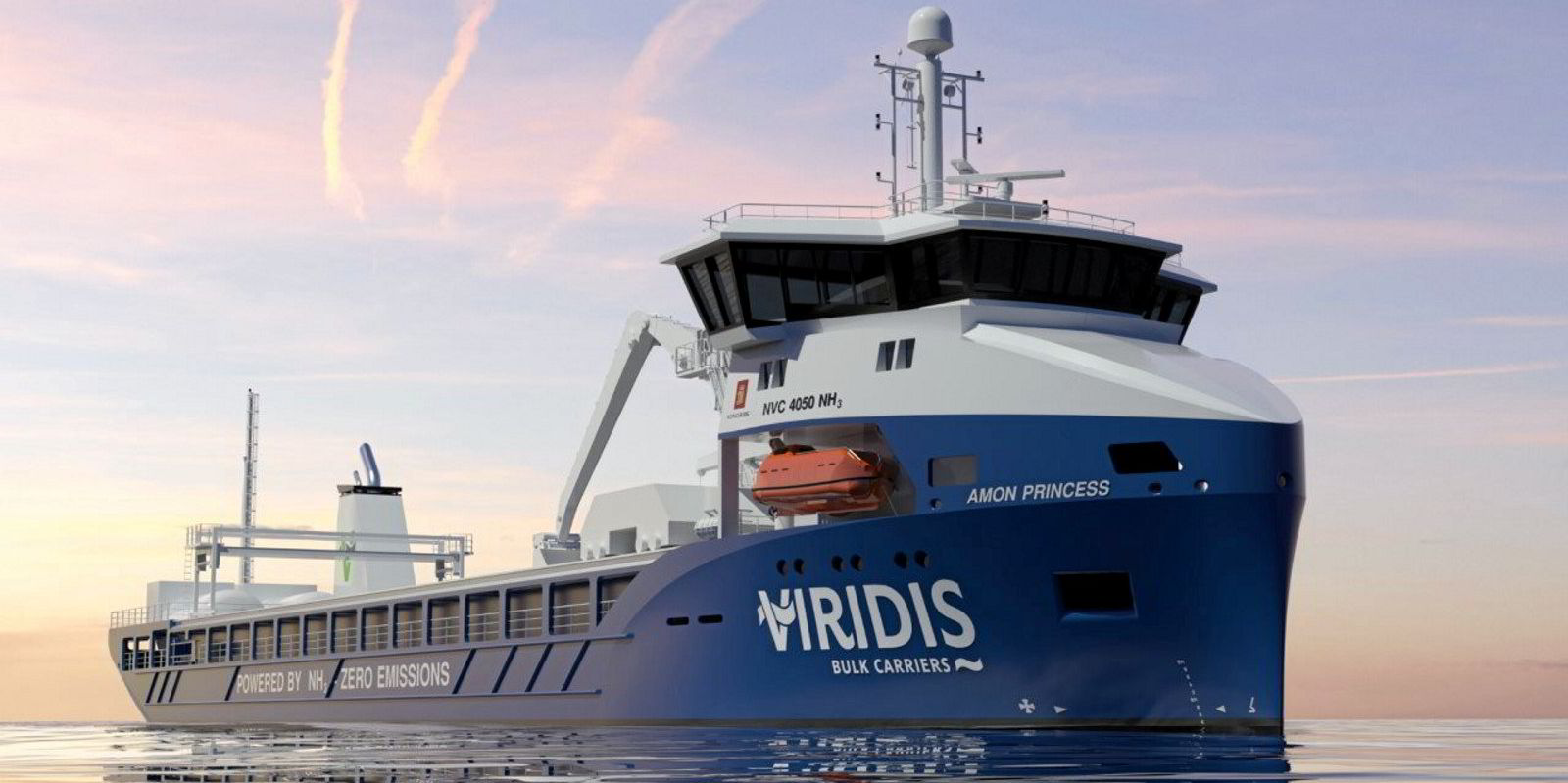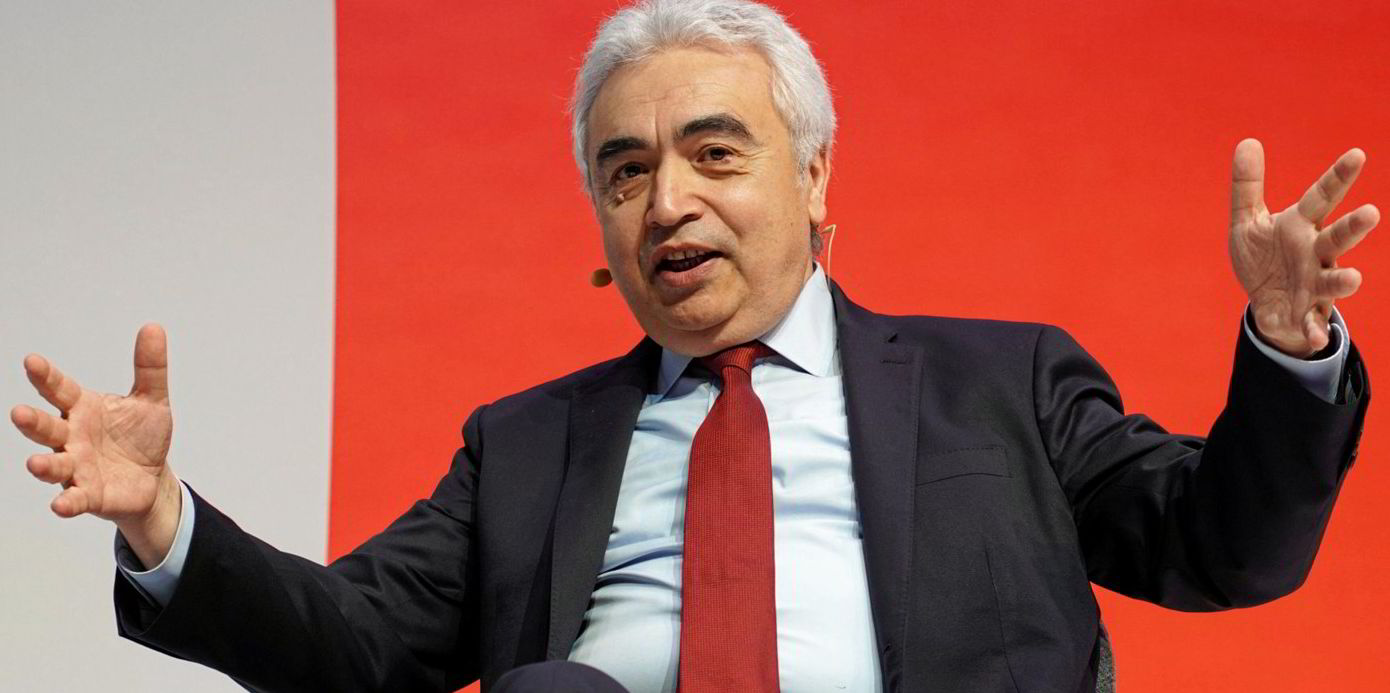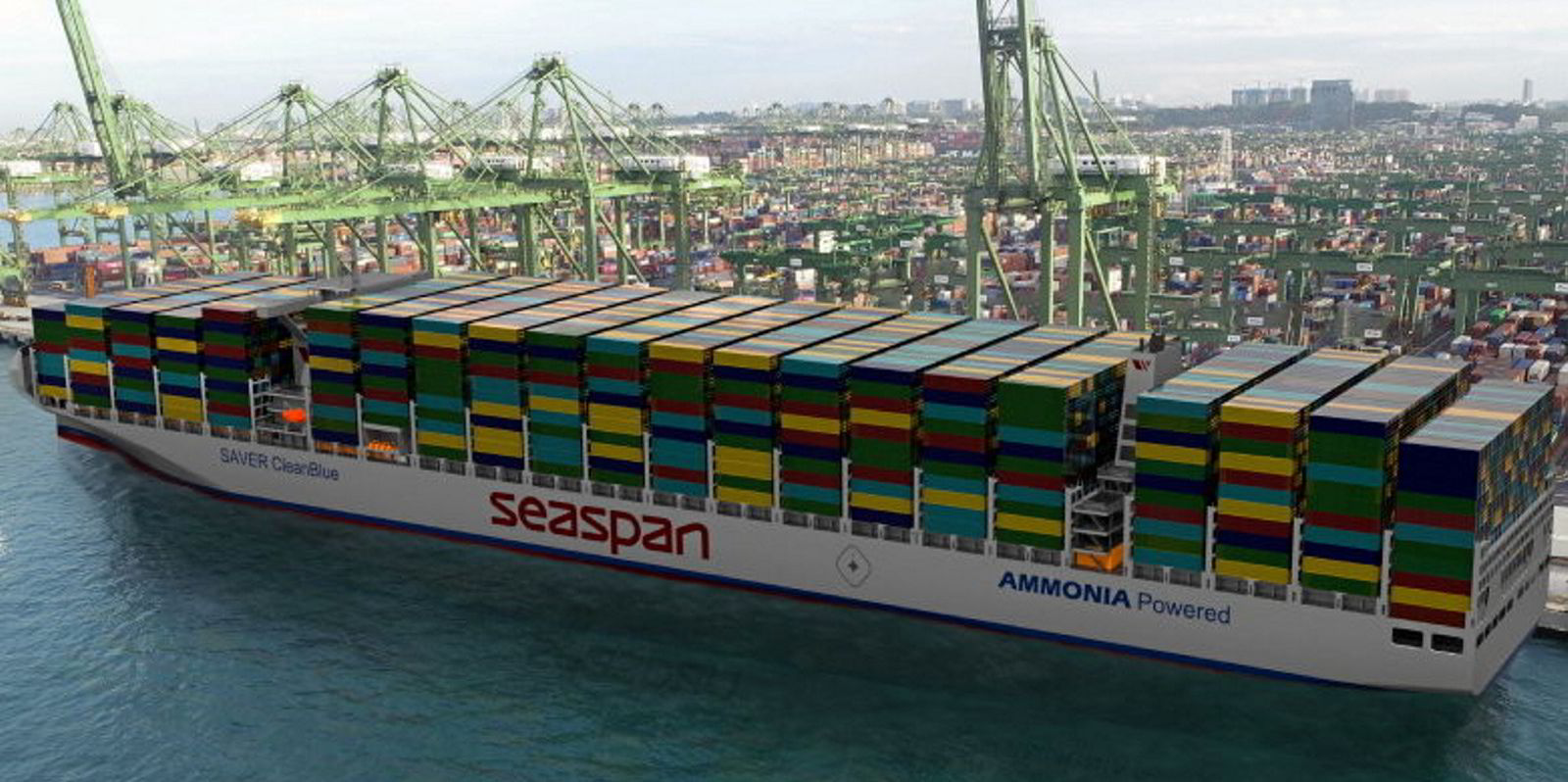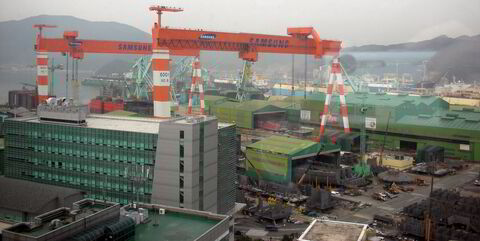Ammonia-powered shipping won big on Tuesday, as the Norwegian government handed out NOK 240m ($22.2m) in grants to push the alternative fuel forward.
Viridis Bulk Carriers received NOK 152m to build two ammonia-fuelled shortsea bulkers, while Yara Clean Ammonia and Viridis affiliate Azane Fuel Solutions bagged NOK 48m for an ammonia bunkering barge.
Additionally, Yara Clean Ammonia and North Sea Container Line (NCL) received NOK 40m for an ammonia-powered boxship.
“This is how we prove it. You have to prove it on the water,” said Viridis executive Andre Risholm, who is also chairman of Azane Fuel Solutions.
“Proving ammonia can burn is already done. Now it’s about integrating the whole transportation system and showing that it can work, you can provide a commercial shipping service with this fuel. And the only way you can prove that is to build it.”
Risholm said Viridis, a venture backed by Mosvolds Rederi and Navigare Logistics, was founded to build and own ammonia-powered bulkers, and it had been working on research and development for three years.
The grants — from Enova, which invests funds from Norway’s Climate & Energy Fund in emissions-cutting projects — represent a shift from the research and development phase into the investment phase.
The Yara-NCL vessel will be used in intra-European trades, while the Yara-Azane Fuel Solutions barge is intended to be part of a future Scandinavia-wide ammonia bunkering network.
Azane is a joint venture of Amon Maritime, itself backed by Mosvolds Rederi, and EConnect Energy.
Yara Clean Ammonia president Magnus Krogh Ankarstrand said if 25% of the world fleet were to run on ammonia, it would require more of the chemical than is in production today.
“The infrastructure is there. We know how to ship it, we know how to store it. We know how to get it on and off the vessels. The molecule itself doesn’t need any innovation,” he said.
“It’s the engine. It’s the fuelling system, and so on. With this [investment], that picture is complete.”
No details were disclosed on where and when the ships would be built.
Risholm said Viridis is holding discussions with shipyards with the intention of getting the first vessel on the water in late 2025.
Overall, the company aims to build five shortsea bulkers, but Risholm said there is ambition to build a deepsea trading fleet.
“When we chose to work with ammonia, it was what can be a long-term sustainable solution for global shipping to decarbonise,” he said, noting that longer distance voyages burn more fuel and create more emissions.
“We think we have a good project here in and around Norway, with discerning clients that can decarbonise their cargo flows in this one area, which is also fully 100% part of the EU Emissions Trading System for shipping, so that adds to it as well, making commercial calculations easier to come out in positives.”





